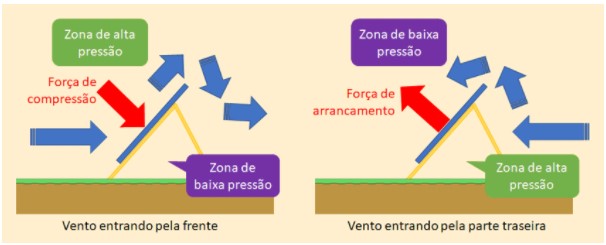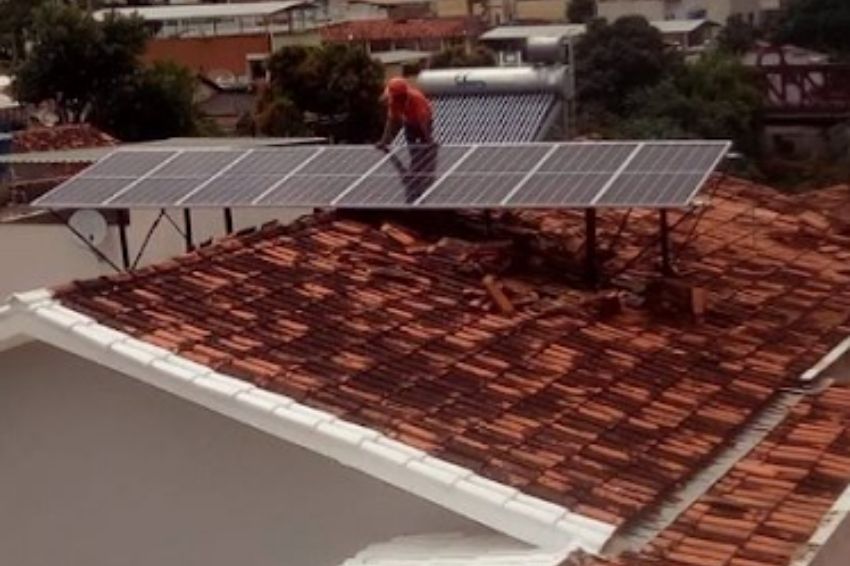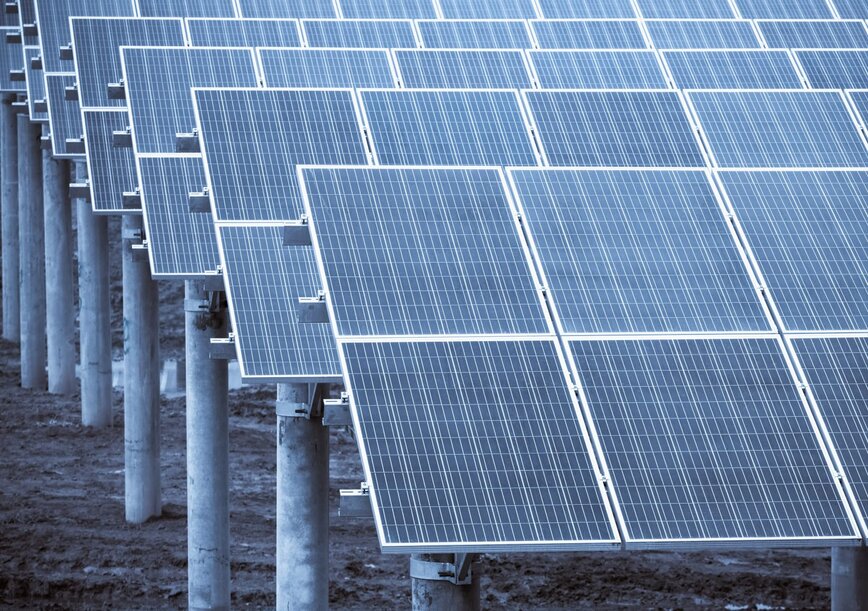This article addresses adjusting the tilt of solar modules from an economic point of view. We know that it is possible to increase the inclination of photovoltaic modules through adjustment structures.
This can provide greater energy gains, but is it economically viable in all cases?
In this study, two systems located in the region of Campinas (SP) will be compared.
The first with the modules flush with the roof, with a 10º inclination, and the second with the modules attached to a structure “adapted” for a slab, causing the modules to have an inclination of 23 degrees, optimal for the latitude in which they are located. finds.
In both cases, the modules are positioned with azimuth North. The tested system has 10 400 Wp modules connected to a 3.6 kW inverter, with a single MPPT input.
To obtain the value of the energy generated in both situations, the PVSyst software will be used, with the losses of the two systems (cabling, mismatch, temperature, etc.) identical. With the annual energy value calculated, we will use the cost of the compensable energy tariff for a B1 – residential customer, which is around 0.65 R$/KWh.
For the cost of the structure, we will use an average of values found on the market – around R$ 375 for the solution suitable for ceramic roofs and R$ 1355 for the triangle suitable for slabs that is being “adapted” to correct the inclination of the modules. Therefore, in this example the cost difference between the two systems is R$ 980.

Read too
Choosing the inclination of photovoltaic modules in triangular structures
How to determine the tilt angle of photovoltaic modules?
Should PV modules always be oriented towards the North?
Is it worth adjusting the angle of solar modules on roofs?
Energy generation and economic gain
The table below shows the amount of energy generated in each of the systems:

The year-by-year data was generated using the same software, assuming energy cost inflation of 2% per year and is condensed in the table below.

However, the difference in the cost of the structure (R$ 980), the increase in the expenditure of labor hours (1 more day of work ~ R$ 150.00), which reduces the gain, must still be deducted from this gain. for R$ 5,442. In other words, in this case, there are financial gains when we analyze this adaptation.
However, close to the total energy savings of the system over the 25 years (R$ 115 thousand for the system close to the roof, R$ 121 thousand for the adapted structure) the benefit becomes insignificant, around 4.5%.
A solution to overcome the problem that does not involve “adaptations”, especially in the case where the generation for the system close to the roof was not capable of delivering all the energy required, is the addition of another module.
The table below summarizes the generation of a system flush with the roof with 1 more module, totaling 11 panels, and the same assumptions as in the previous cases.

Conclusion
In addition to the low financial return, the recommendation not to install “adaptations” to correct the slope of modules on roofs is directly linked to the issue of safety.
Modules flush with the roof are much less exposed to pull-out effects caused by winds. The adapted structure, even by its very nature, hardly follows the manufacturer's fixing recommendations and the resistance of the materials to the letter.

Canal Solar has already reported on several structures that collapsed due to the effect of winds or overload, conditions that are much more likely to occur when not respecting the natural slope of the roof.

It is also possible to state that more complex installations, with “adjustments” and “adaptations” are more prone to assembly failures. The complexity of the solution, combined with the lack of an assembly standard or manual, leads to more errors, risk of loosening, calls to correct problems and unnecessary risks. Therefore, these adaptations to sloping roofs are not recommended.
















2 Responses
Hello, Mateus Vinturini.
Great work on your analysis.
I still have the following question: could you also add an extra advantage to the project without this adaptation, considering that your panels would suffer less loss of performance throughout their useful life due to the fact that they also produce less on average per panel? In other words, would they be subjected to less effort?
Good afternoon, how are you? If the panels have the minimum ventilation required by the manuals, there should be no significant difference in useful life.